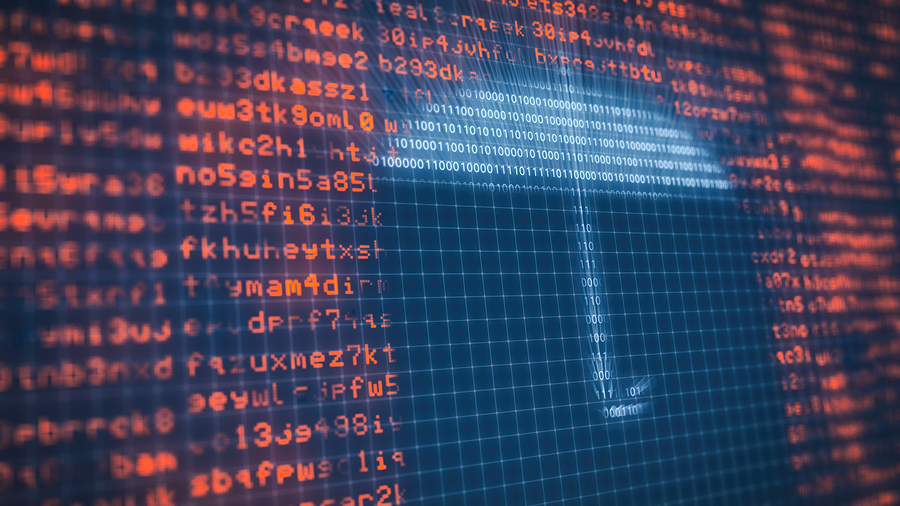The Relevance of Effective Information Devastation Practices in Safeguarding Sensitive Information and Ensuring Computer System Protection
In an age where data breaches are significantly typical, the significance of effective data devastation methods can not be overstated. Applying durable data devastation approaches not just reduces these threats yet additionally straightens with legal compliance demands, making certain that organizations promote their credibility and foster client trust fund.
Understanding Information Devastation
Recognizing data devastation is important in today's electronic landscape, where sensitive info can conveniently be endangered. Reliable information damage involves not simply erasing files however guaranteeing that information is irretrievable via comprehensive techniques. This procedure is crucial for companies that deal with personal client info, intellectual residential property, or interior files, as any type of breach can lead to severe monetary and reputational repercussions.
Information destruction encompasses different methods, including shredding physical media, degaussing magnetic storage gadgets, and utilizing software-based options that overwrite information numerous times. Each method serves a particular function and needs to line up with the level of sensitivity of the details being dealt with. For instance, physical damage is commonly liked for tough drives containing highly confidential data, while software methods may be enough for less sensitive information.
Furthermore, adhering to industry standards and regulations, such as the General Data Defense Policy (GDPR) or the Medical Insurance Portability and Responsibility Act (HIPAA), is imperative for conformity and to mitigate lawful risks. Organizations should establish a durable data damage policy, train staff members on finest methods, and routinely audit their treatments to guarantee that all sensitive information is dealt with securely and efficiently.
Dangers of Inadequate Practices
Inadequate data destruction techniques reveal organizations to considerable dangers that can have significant repercussions. When delicate information is not effectively gotten rid of, it remains at risk to unauthorized accessibility, which can lead to information breaches and identification burglary. Such occurrences not just compromise the safety and security of individuals yet additionally tarnish the company's online reputation, resulting in a loss of consumer depend on and potential economic consequences.
Additionally, regulative conformity is progressively rigorous in lots of industries. Failing to follow data destruction policies can result in hefty fines and lawsuits against organizations. These fines can draw away and strain economic sources focus from core business operations.
Additionally, the abuse of recurring data can result in copyright burglary or company espionage, jeopardizing affordable advantages (data destruction). The influence of poor data destruction prolongs past instant economic losses; it can likewise cause long-term damage to brand name honesty and market setting

Organizations have to acknowledge that information safety and security is not only about preventing violations; it additionally includes the liable management of data throughout its lifecycle. Ignoring effective information damage protocols can have catastrophic ramifications, underscoring the necessity for robust steps to mitigate these dangers.
Finest Practices for Information Damage
Implementing effective information devastation techniques is important for protecting delicate information and maintaining conformity with regulative criteria. Organizations should adopt a multi-faceted approach to ensure that information is irretrievable, consequently preventing unauthorized gain access to and possible violations.
First, data ought to be categorized based upon level Click This Link of sensitivity, enabling organizations to apply ideal damage methods customized to the level of risk. For electronic information, making use of software-based data-wiping tools that adhere to sector requirements can efficiently overwrite existing information. Physical damage techniques, such as shredding or degaussing, are vital for gadgets that keep sensitive details, making sure total eradication.
Establishing a clear data retention policy is vital, detailing for how long various sorts of info must be retained prior to destruction. Regular audits of data storage space systems are also essential to determine outdated or unnecessary data requiring removal.
Additionally, training workers on the significance of data devastation and the details procedures to comply with fosters a culture of safety within the organization. Preserving documents of data devastation refines offers liability and supports compliance with outside laws and interior plans. By adhering to these finest practices, organizations can substantially alleviate the dangers related to information direct exposure.
Legal and Conformity Considerations

Failure to abide by these guidelines can lead to extreme fines, consisting of considerable fines and reputational damages. Organizations needs to carry out a durable information devastation policy that straightens with these lawful frameworks and offers clear guidelines on the correct approaches of information disposal, whether physical shredding or electronic wiping.
Additionally, maintaining paperwork of data damage tasks is essential for showing compliance during audits or examinations. By focusing on lawful and compliance considerations, companies can improve their data safety posture and foster count on with clients and stakeholders, inevitably contributing to a more protected information monitoring atmosphere.
Benefits of Effective Information Destruction
Efficient information devastation practices prolong past mere compliance; they click for info supply significant benefits to organizations that prioritize them. By ensuring that delicate info is irretrievably destroyed, companies minimize the threat of data violations and the possible financial repercussions linked with them. This aggressive approach not only safeguards against unapproved gain access to but also boosts the overall reliability of the company in the eyes of stakeholders and clients.
Implementing durable data destruction methods, such as physical devastation of storage space tools or sophisticated data wiping techniques, contributes to the conditioning of an organization's cybersecurity pose. data destruction. It reduces the likelihood of copyright burglary and protects exclusive details, consequently preserving an one-upmanship in the market
Verdict
Finally, effective information devastation practices are necessary for securing sensitive info and enhancing total computer protection. By implementing extensive approaches such as shredding, software application, and degaussing overwriting, companies can reduce the risks connected with unauthorized access and data breaches. Adherence to regulative standards, including GDPR and HIPAA, further reinforces conformity and protects versus lawful consequences. Inevitably, a commitment to robust data damage methods fosters a culture of responsibility, therefore reinforcing an organization's cybersecurity position and keeping customer trust.
